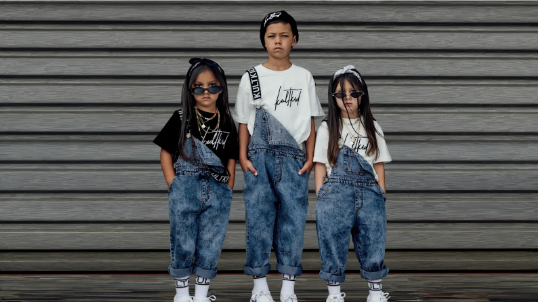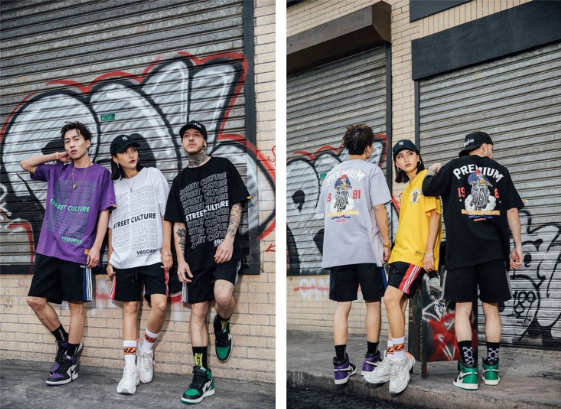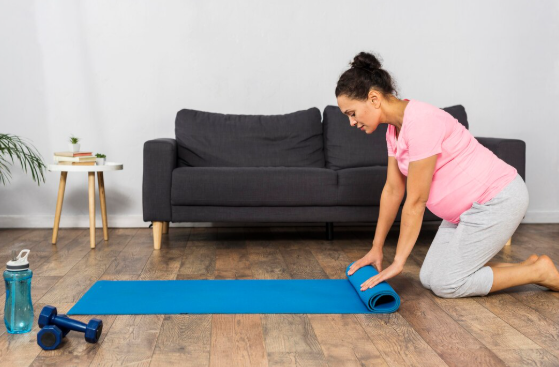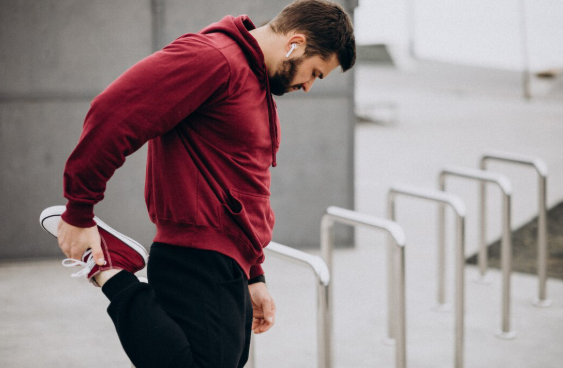London has always had a way with fashion. The city doesn’t sit still. Over the last ten years, the rules of dressing up and going out have changed again and again, some nights leaning sharp and traditional, others all about bold experiments. The codes were never written down, but people felt them. You could see the shifts in the doorways, at private dinners, in hotel bars, even at events where fashion itself seemed like the main attraction.
The Era of the Suit That Actually Fits
In the early 2010s, the suit came back, but not the boxy old kind. Tailored, narrow, and worn with the confidence of someone who knew how a jacket should sit on the shoulders. Black tie nights weren’t just for banquets. People wore slim tuxedos to almost anything if the evening felt important.
There was a moment when it felt like every man in Mayfair had their own version of the same navy suit. It worked because it was safe, but also sharp enough to pass through doors that demanded a certain level of polish. Women mirrored that with sleek cocktail dresses, less fuss, more clean lines.
The Rise of Statement Sneakers
Then came the shift. Suddenly, trainers were being paired with tailored outfits, a trend that still has space in some of Mayfair’s most elegant venues. According to the Cirque Le Soir dress code, classy trainers are welcome when part of an elegant outfit. What once would have been seen as lazy turned into a kind of statement.
Back then, when it first started, the sneakers weren’t basic either—they were loud, limited edition, or from brands that carried weight. They became passes into spaces that used to expect polished shoes.
It wasn’t that formality disappeared; it just bent. A blazer with luxury sneakers was enough. A dress with chunky trainers worked too. It showed how the dress code was no longer about strict rules but about how well you could mix the casual with the formal.
Metallics and Flash
2016-ish, nights in London started to feel brighter, a little more dressed up. Metallic jackets, sequined dresses, glossy fabrics that caught the light. The mood was louder. People wanted to be seen. Gold, silver, chrome-like accessories, it all became normal.
That period turned the city’s evening style into a kind of stage. You could walk down Bond Street or through Berkeley Square and spot entire groups shimmering under the street lamps. It wasn’t subtle, but it was fun.
The Return of Old School Glamour
By 2018, there was a turn back to heritage looks. Silk dresses, velvet jackets, leather shoes polished enough to catch the light. Almost like people wanted a reset after the metallic rush. Dress codes leaned on timelessness again. Dinner jackets, floor-length dresses, nothing too ironic.
This wasn’t about looking safe, though. It was about refinement. Lace gloves, fitted blazers, pocket squares, and even hats made a quiet comeback. It gave Mayfair Nights the feeling of a movie scene, where everyone had stepped out of their own era.
Streetwear Goes Upscale
Not long after, streetwear started taking over. Hoodies, graphic tees, oversized fits, but all from luxury houses. What would have once kept you outside now carries as much weight as a suit.
It was about the brand, the rarity, the story behind the clothes. A sweatshirt wasn’t just a sweatshirt if it was a limited release. Trainers turned into collectibles. The casual side of fashion became high status, and London dress codes had to bend around it.
Minimalism and Neutral Tones
At the same time, another look appeared, almost as a countermove. Beige, cream, grey, black. Clean shapes, no loud prints. It looked effortless on purpose. You saw couples dressed head to toe in muted tones, like they belonged to some quiet private society.
This look spread fast. It worked for any evening. A cashmere coat, straight trousers, a silk top, nothing more. It didn’t shout, but it spoke clearly. The code became less about being noticed and more about being understood.
The Bold Accessories Phase
Then came the accessories wave. Big chains, wide belts, shades even after dark, handbags bold enough to carry the whole look. Sometimes the clothes underneath stayed simple, just to let the extras talk.
It was playful but also tactical. The right bag, the right watch, the right chain could open doors before you even said a word. London thrives on those kinds of details.
Where It All Stands Now
The last decade in London shows how dress codes don’t stand still. They flex with moods, with culture, with what people want to signal about themselves. One year, sharp tailoring is the answer, the next it’s about rare trainers or muted minimalism.
Right now, it feels like everything co-exists. You can see someone in a velvet suit next to someone in designer streetwear, and neither looks out of place. The only real code left is confidence. If you wear it like it belongs to you, London tends to let you in.




